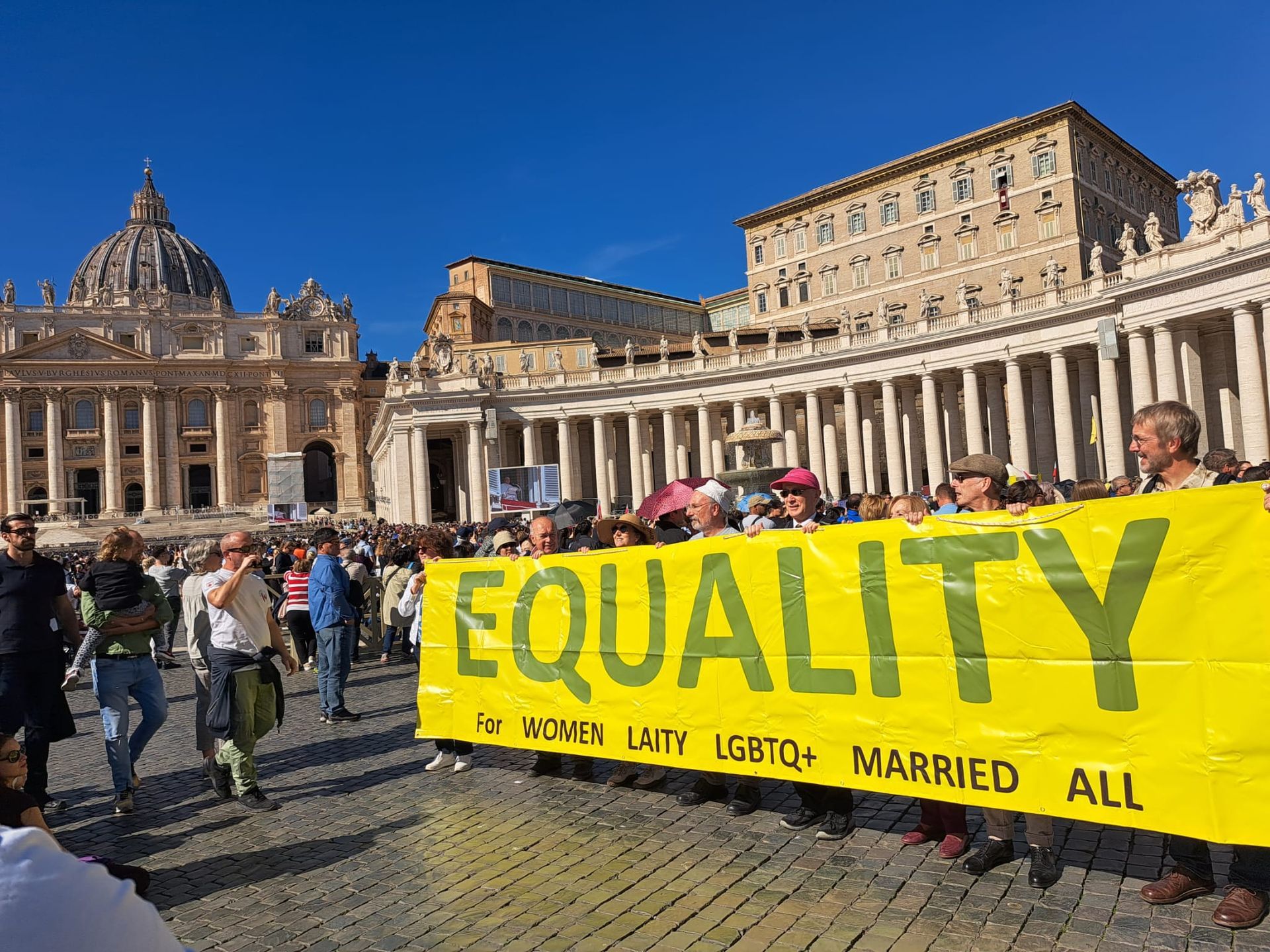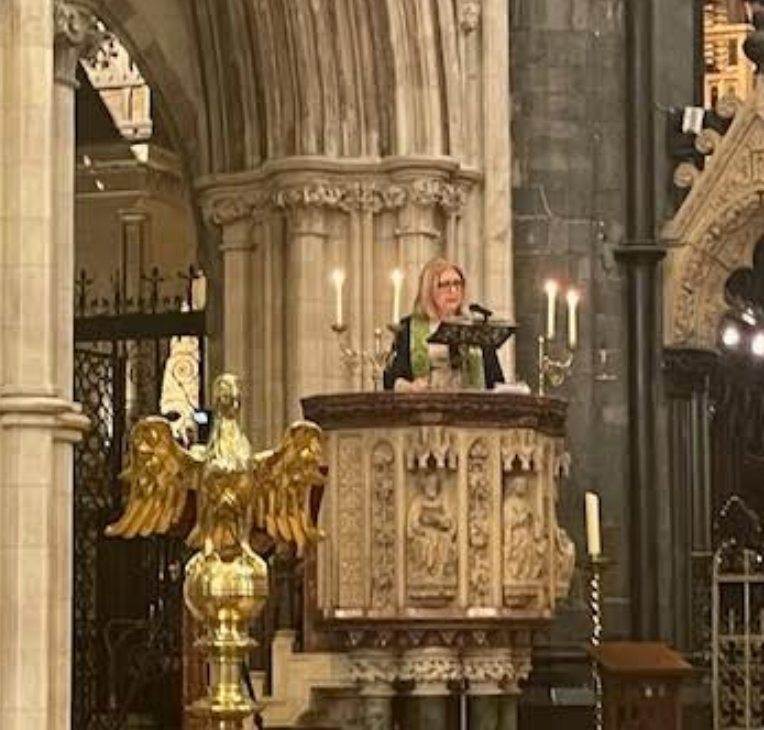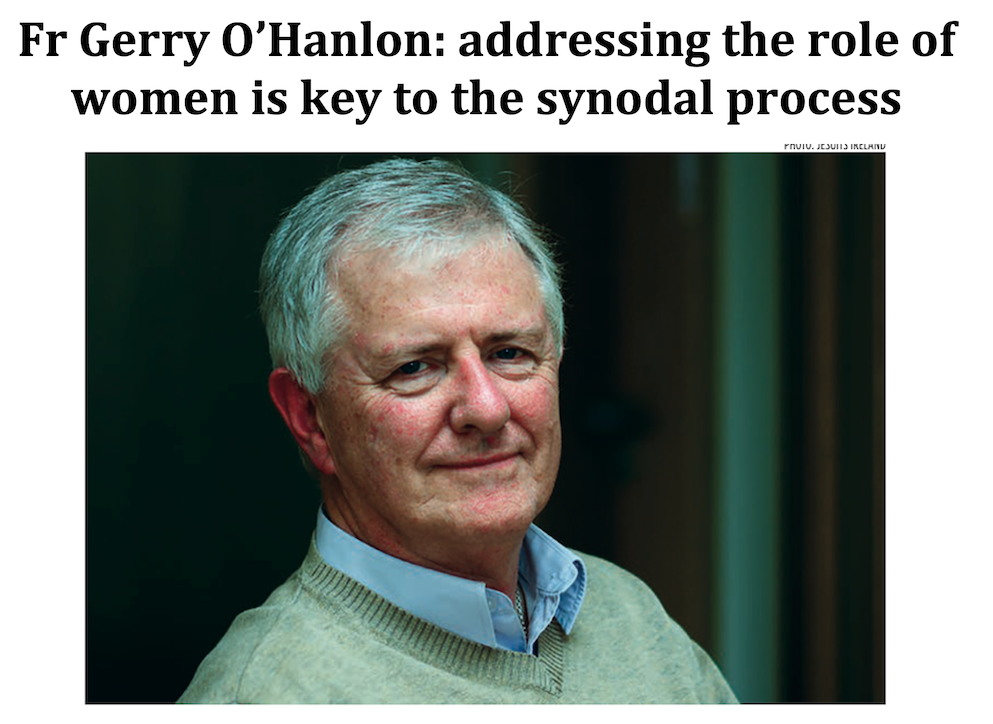Jesus was the culmination of 13.8 billion years of evolution
Baby Jesus is not just a child of the universe but the eternal Cosmic Christ
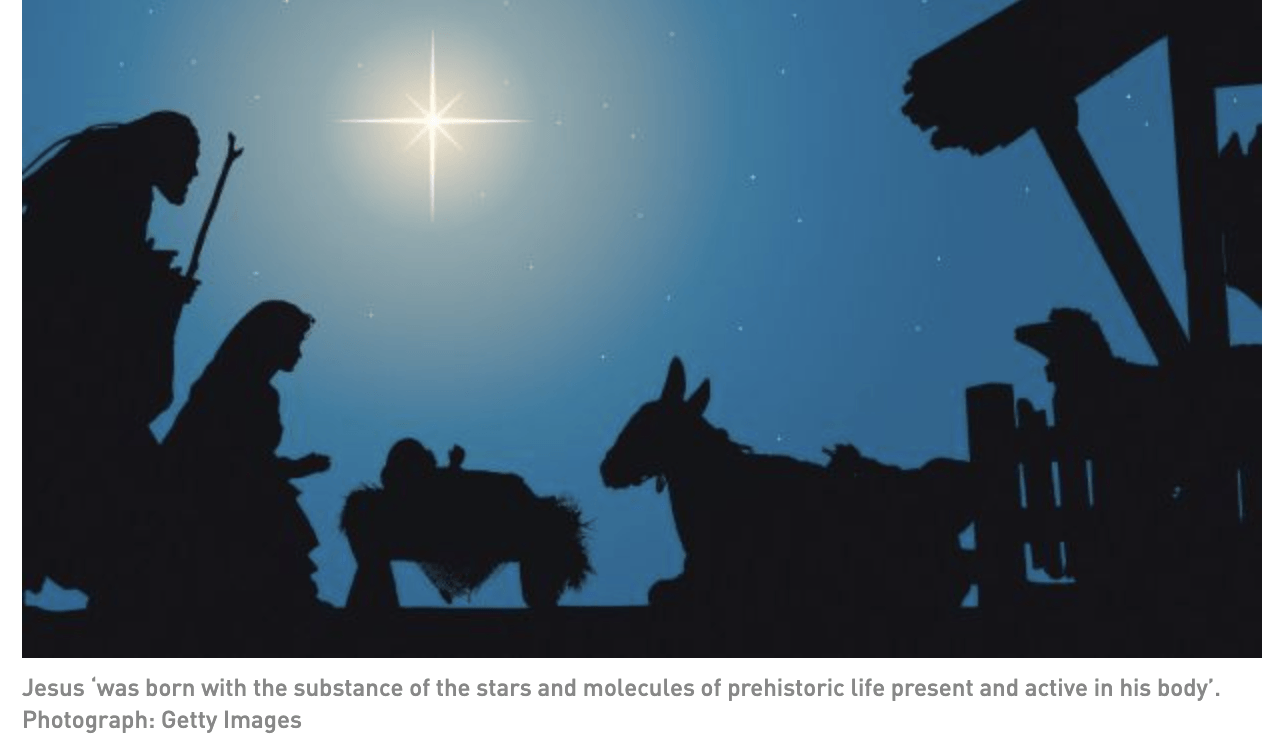
Christmas 2021 can bring joy to this world, weighed down as it is with the challenges of Covid.
For the early Christian communities the birth of the infant Jesus was a joyful, Earth-shattering event which was reflected in the accounts of his birth by Luke and Matthew. To these writers their cosmos was not a silent witness to this birth but, on the contrary, it was involved in proclaiming the birth of the baby Jesus.
Luke’s narrative is surrounded by a vast symphony of music and song with choirs of angels ecstatic and joyful, proclaiming “Glory to God in the heavens and peace on Earth to people of goodwill.”
This heavenly joy contrasted with the lack of welcome on Earth experienced by Mary and Joseph as they searched for a suitable birthplace for their son. Matthew’s birth narrative also linked the universe’s recognition of its creator. A unique star appeared in the eastern skies which astrologers interpreted as foretelling the birth of the ‘king of the Jews ’ and which led them to the infant Jesus.
Other Christian communities reflected on the identity of this baby. The apostle Paul in his letter to the Colossians identified him as: “The visible likeness of the invisible God” and made the startling claim that God created the whole universe through him and for him.
St John’s gospel
The gospel of John continued in this vein and in its prologue maintained that before the world was made Christ, the Word already existed and it was through him and for him that God created the world and this was the same person who “became a human being and dwelt among us”.
How to reconcile a human and a divine nature in one person became the subject of controversy until it was resolved in 431 at the council of Ephesus by declaring Mary as ‘Theotokos’ – the mother of God.
But this led to another question: why did the eternal creator God become a mortal and fragile human creature? Various explanations were put forward, with the most common being that it was necessary for God the Son to become human and die on a cross for the sins of the human race.
However, another explanation associated with the Franciscan theologian John Dun Scotus, fits in with our post-Darwin, post-Einstein and post-Hubble world. In this view the baby Jesus, born in Bethlehem, was the culmination of 13.8 billion years of the evolutionary process.
It was always God’s plan that the creator Christ, already present in the universe as an invisible presence, would become fully human and be born as a human being
He was born with the substance of the stars and molecules of prehistoric life present and active in his body. In this Christology the baby is not just a child of the universe but the eternal Cosmic Christ who released that primal energy which burst forth and created the universe.
Evolutionary process
This Christ remained an integral part of the evolutionary process, sustaining it and driving it forward towards greater and greater complexity until the apex of that movement emerged as homo sapiens.
It was always God’s plan that the creator Christ, already present in the universe as an invisible presence, would become fully human and be born as a human being.
The birth of Jesus would now make God’s active presence in the world visible through the prophetic life of Jesus. God could now be touched, seen and heard through the Cosmic’s Christ’s human body. It was not a body that was a facade or just a convenient living space for divinity but the real flesh and blood of a Palestinian Jew.
The Gospel infancy narratives of Luke and Matthew are not too far removed from contemporary cosmology. They attempted to portray the birth of the baby Jesus in the prescientific world of Palestine 2,000 years ago in the literary genres of their era.
They saw, through the eyes of their faith, not just a baby in a manger in Bethlehem but the presence of God. Luke’s magnificent heavenly symphony and Matthew’s guiding star was their way of announcing the birth of the son of God on Earth.
Their biblical imagery can now be complemented with contemporary scientific discoveries to proclaim the good news of Christmas to a new generation – that the Cosmic Christ has become a child of the universe.
Brendan Butler is a lay theologian and author of My Story by Jesus of Nazareth
The Irish Times, Rite & Reason,
21 December 2021
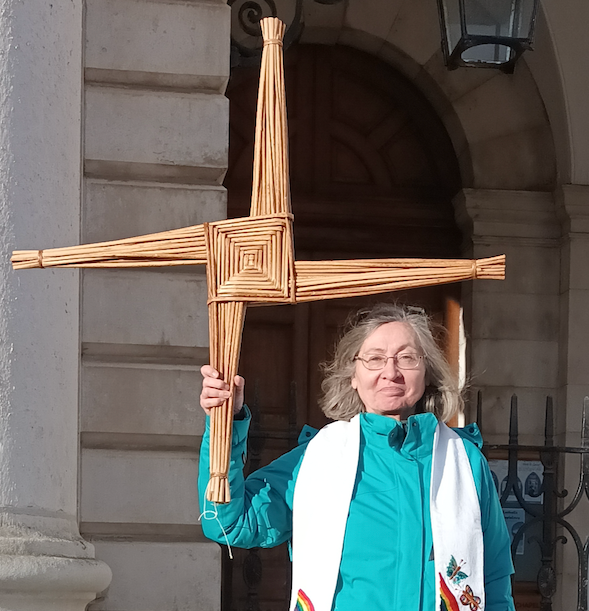
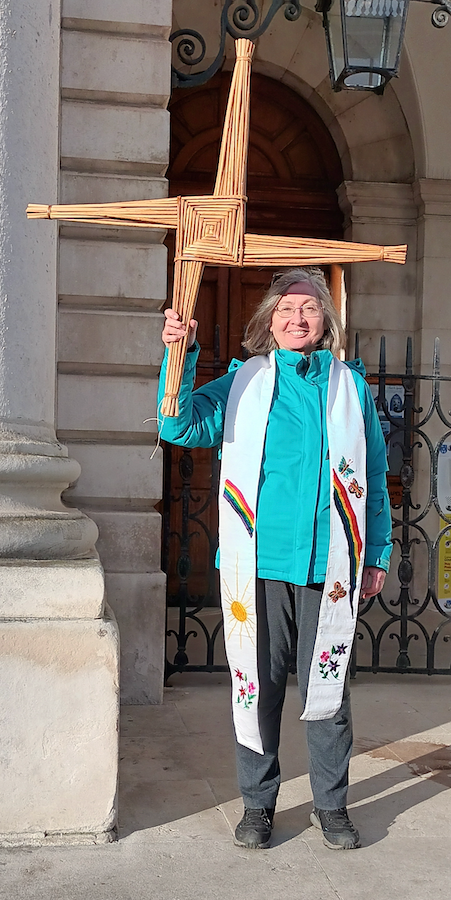
Women are a problem for the Catholic Church, an institution with ingrained misogyny - Soline Humbert
About us
We are working to develop inclusive communities based on our 6 Aims, while being open to engage with all sections of the church about our lives in the church today.
Contact Info





